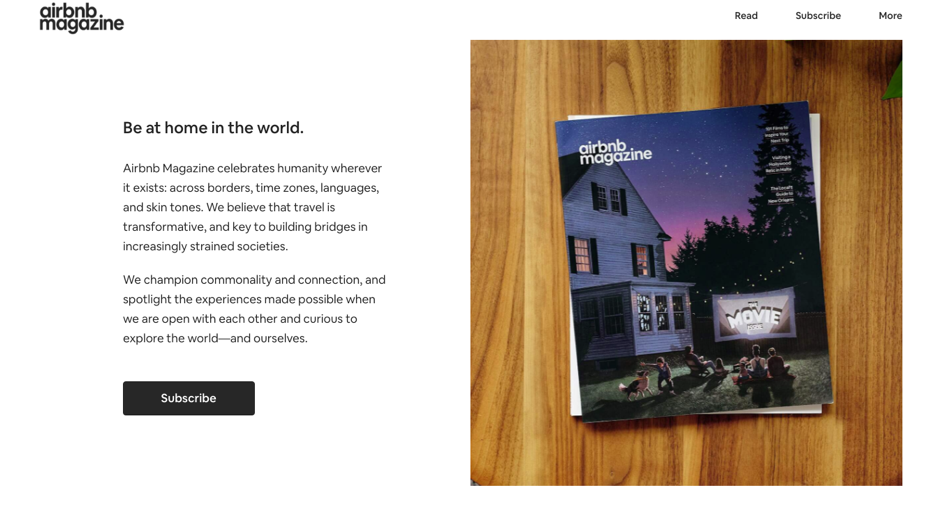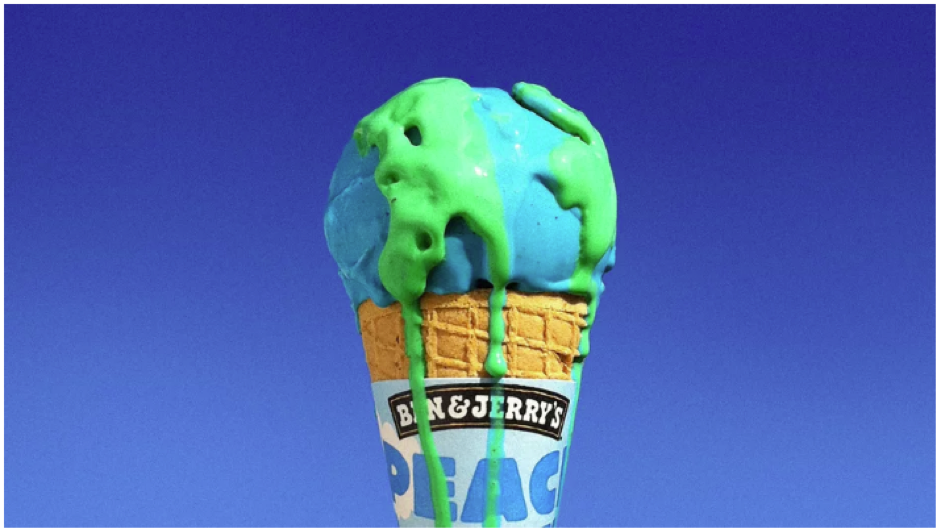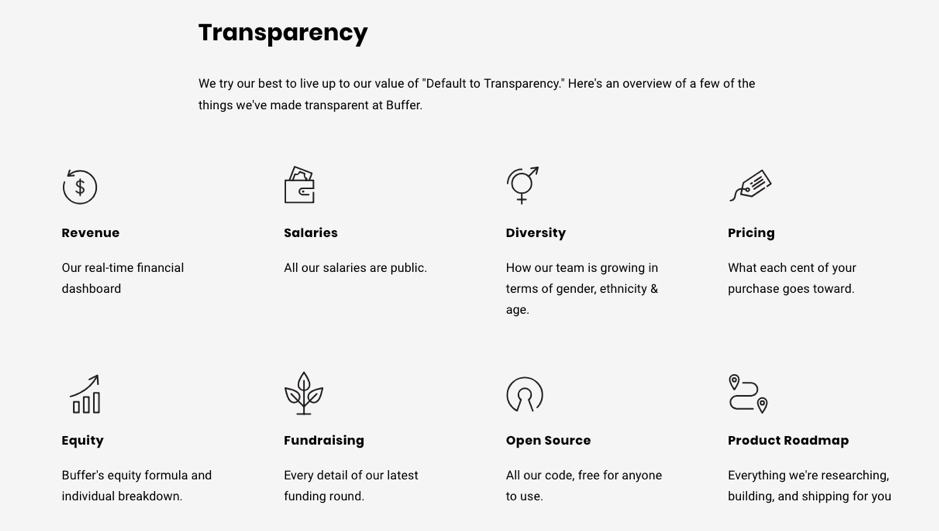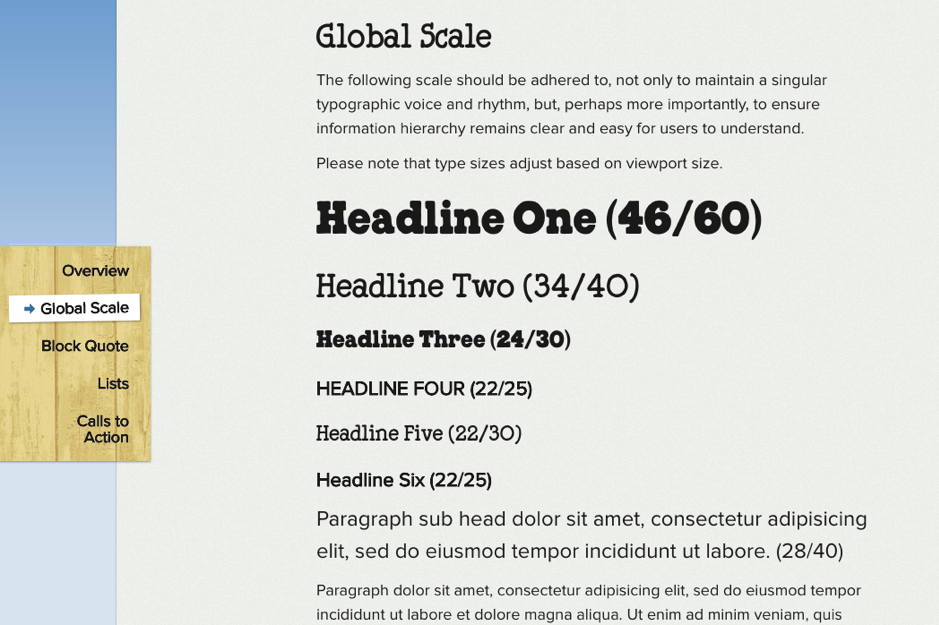Brand journalism has been a key trend to sweep through content marketing in recent years. A hybrid of traditional journalism, marketing and PR, it allows brands to diversify their messaging by creating advanced forms of content. Interviews, industry reports and national media campaigns are just the beginning.
'We’re all in the media business now', reads an article from HubSpot which also advises on ethical practice. As traditional advertising suffers a trust crisis, many brands are turning to alternative methods of getting their messages across.
There is a risk for brands that fail to tell stories with integrity, however. Now journalistic techniques have been successfully swallowed by our industry, marketing professionals should also embrace the principles of ethical journalism.
So, how can brands use honesty to their advantage? Here are the five golden rules of honest branding and candid content:
1. Own your brand’s essence
Before planning corporate messaging, it is important to take an honest look at your brand. Utilising analytics is a crucial step – you should know who is looking at your site, engaging with your social posts and, most importantly, buying your products.
Do this properly and you’ll be able to create personas that accurately reflect your target audience. With data, it’s possible to build an accurate picture of your customers, which is more efficient than marketing to people who may never enter your pipeline.
Almost half of digital campaigns fail to reach their target audience, according to a 2016 study by Nielsen. The stats also revealed that UK campaigns perform worse than their European counterparts, something the researchers attributed to a large advertising industry struggling to adapt to the precision targeting of digital.
The findings did reveal a strong UK travel sector, however. This is because, since the early days of package holidays, sector giants like Thomas Cook have collected data right from the beginning of the consumer journey.
Knowing who your audience really are makes it possible to define important aspects of campaigns, from tone of voice to the type of content you will create and distribution methods. Airbnb has done this particularly well: by commissioning a large survey of US travellers in its core audience demographic, the homestay platform was able to identify the travel bugbears of its potential customers.
Respondents said they were overwhelmed by crowds at major attractions, instead craving authenticity and to 'live like a local'. This became the slogan of their biggest campaign to date. The concept was woven through Airbnb’s video, app and written content and was instrumental in forming their brand magazine.

Hosted on Medium, the digital content produced by this magazine serves to complement in-app content. Spanning everything from ‘deep dives’ into locations to audience-conscious guides to shooting the perfect Instagram-worthy photo, this is a great example of how research can feed into a single, unifying principle that spans many forms of content.
By understanding that its young, mobile target demographic want to 'live there, even if it’s just for a night' Airbnb has been able to capitalise on the new ‘experiences economy’ by using high-profile influencers like Lady Gaga at the Super Bowl.

All this, thanks to a simple dose of honesty.
Brands can also miss the mark, though – and failing to create content for the right audience is a popular pitfall. A 2012 meme-based campaign from mature car brand Kia was met with a resounding facepalm from many. The images serve as a warning against trying to morph your brand into something it isn’t.

To avoid this type of mistake, always ask: what makes my brand unique?
It’s a difficult question since marketing professionals dedicate so much time to positive comparisons. We might aspire to replicate Airbnb’s audience research, Monzo’s design credentials or the user-generated content campaigns of ASOS – and it’s good to set these types of goals.
But, the risk lies in losing sight of what sets your brand apart from all the rest. Stories of brands failing to differentiate themselves are almost too common to relay – this is a particular risk when marketing for a startup. It can also be the reason why individual campaigns flop, even for established brands.
When Microsoft tried to launch Zune as a competitor to the iPod, its marketing campaign was too narrow and didn’t explain how their product differed from the market leader. Former Microsoft president Robert Bach said they simply 'weren’t brave enough'.
For help with taking your persona analysis to the next level, try our Mapping Moments to Personas Template.
Key takeaways for understanding your brand essence:
- Most campaigns don’t reach their target audience. Make yours different by using analytics first. Be honest: ask who your customers really are.
- Research, then research again. Use surveys to get useful statistics.
- Create a core principle for each campaign. This should capitalise on the statistics you’ve collected.
- Align content and messaging across platforms – from search-led blogs to in-app content and print materials.
2. Back up your claims
Socially-focused or woke campaigns may offer opportunities to brands, but it’s also important to stay authentic. If you launch a campaign based on a social cause, expect the public to scrutinise your record in this area.
So why is it so important to safeguard a stellar reputation? A 2017 study by Trinity Mirror revealed that almost half of consumers distrust brands. What’s more, it looks like brand trust is on a downward trend. The reason? Brand arrogance, according to Trinity Mirror, which noted that 58 per cent of respondents don’t trust brands until they have seen 'real world proof' of their claims.
This is why it’s so important to embody every aspect of your brand’s values. There is no obligation to support a good cause, so if you do, be prepared to write this support into everything from business policies to content.
Greenwashing is a common way organisations expose inconsistent brand values. ExxonMobil saw its ‘And you thought we just made the gas’ adverts backfire when tall claims about climate action prompted journalists to uncover the opposite. Far from concealing a questionable record, drawing attention to your brand’s less palatable aspects can cause serious PR damage. Automobile giant VW saw profits dip a huge 20 per cent after its diesel emissions scandal, for instance.
Since then, the car manufacturer has refreshed its image by highlighting new investments in electric technology. ExxonMobil has tackled damage reduction by focusing on family life and humour – far safer topics – in its ad campaigns, combined with a digital content hub dedicated to clarifying the company’s approach to sustainability.
Ben & Jerry’s has also bounced back from negative press coverage – in 2010 it was forced to remove ‘all natural’ from product labels. Nine years later, the ice cream giant has embraced the spirit of activism – in words and in action, which is why it works so well. Ben & Jerry’s partners with nonprofits and experts for its activism campaigns and works carefully to avoid any conflicts of interest.

Always keep one eye on damage prevention when planning everything from on-page content to PR campaigns. Words like ‘independent’ and ‘charitable’ have clear meanings so you should tread carefully with their use – especially when writing financial copy and content that is more sensitive.
Key takeaways for backing up your brand claims:
- The brand trust crisis means you shouldn’t rest content on claims that won’t withstand scrutiny. Never use campaigns to highlight PR risk points.
- Content hubs can be used to make clarifications, however. Design killer infographics to highlight facts and figures that make you shine.
- To ace ethical branding, utilise digital campaigns online and offline by weaving great principles into everything you do.
3. Use negatives to your advantage
As marketers, we spend so much time embracing positivity that it seems deeply counterintuitive to highlight negatives of any kind. But, there are times when this can work.
Vintage ads show that embracing brand sticking points is nothing new. Some organisations have seen success by embracing this notion fully, like the Amsterdam hotel that called itself the ‘world’s worst hotel’ and the UK estate agency that gained huge PR placements when it described a London property as ‘not very nice’.
Others take a subtler approach. Avis advertised its second-place market position in 1962 with the tagline 'when you’re only No. 2, you try harder.' The We Try Harder campaign was a hit because it admitted weakness to exactly the right degree, sending a message that was ultimately positive. The campaign was so successful the market share gap shrank from 61:29 to 49:36.
Similar tactics have become popular with other brands in second-place market positions, like Pepsi and Bing. Expanding this into content marketing efforts – through campaign slogans, infographics and more – is surely the next step for second-place power brands.
Why does it work? Users are more likely to trust tall claims when they are balanced with admissions of weakness, however small. It’s an important lesson for content writers since digital content competitors might include neutral publications that take a stronger tone. For a travel brand, these might include Lonely Planet and Culture Trip, for instance.
It is important to use this technique carefully – risqué campaigns can fly, but not if your messaging misses the mark. Our Idea Validation Checklist can help you to sense-check, then sense-check again.
Key takeaways when using this approach:
- Inject unusual twists into your idea generation process. Be open to embracing negatives – at the right dose.
- Bring the positives and negatives together in a no-nonsense package.
- Think about your content competitors. Do they have an ‘honesty edge’? Editorial content is informative – it shouldn’t read like an advert.
4. Get the transparency balance right
A 2018 Econsultancy report highlighted the global ‘trust crisis’ as a hurdle for brands to clear. This means transparency could help to set your brand apart – but only in moderation.
Social media analytics service Buffer made headlines with its decision to publish salaries and company revenue numbers. Internal emails are also open for any employee to read. This may be an attractive stunt to showcase integrity, but it has also drawn some criticism around privacy.

Before incorporating this type of transparency into your content marketing strategy, remember that your readers are ultimately self-interested. It can be smart to make strategic revelations about your inner workings and to admit carefully-selected pinch points, but only when these add value for your audience.
It is possible to show your company’s ‘human’ side while avoiding transparency for transparency’s sake. Tell your story, showcase your people and create case studies. Welcome user reviews, and don’t be afraid to share a few secrets.
A radically transparent content strategy might feature Q&A boxes answering tough questions about how your products are sourced, for instance. Patagonia’s Footprint Chronicles is a shining example: fact boxes on its interactive map provide a window into every factory and a series of environmentally-focused blogs seal the deal.
Finding the best approach depends on having a strong sense of brand position, of course. If you are having difficulty defining this, try our SWOT Analysis Template to spot the strengths, weaknesses, opportunities and threats your brand could face.
Key takeaways for becoming more trustworthy:
- There is a global trust crisis in marketing. To set your brand apart, consider working transparency into a content marketing strategy.
- Brand storytelling is a great way to achieve this. Let people know how it all began and showcase global operations.
- Q&A boxes can capture branded search queries – and set the record straight.
- Be transparent about your marketing, too. Shout about great campaigns to boost your standing.
5. Consistency is key
Every brand is unique, so there is no one-size-fits-all formula. In campaigns, some brands will suit a stronger dose of honesty than others – the important thing is to be consistent.
Building consistency means living and breathing your brand’s essence – embodying its values internally and externally; on and offline. Your company tone should be recognisable in all communications.
Naturally, this should extend to the content you create. Content calendars don’t need to be repetitive; rather, think of your brand as a publisher. Create a template for your style, tone, design and messaging across on-page content, social content and designs.
The best examples are instantly recognisable. Ben & Jerry’s wins again on this with its killer style guide. In a case of impressive transparency, the extensive document is also publicly accessible. You can create your own tone of voice document or style guide with a little help from the practical comparisons in The Ultimate Guide to Blogging for your Brand.

Brands have even started tousling for the limelight through their style guides. Restaurant chain Wagamama famously conducts all communications – from marketing emails to job adverts – in lower case. Whether your brand is bold and quirky or no-nonsense, consistency helps to build trust by creating an entity people identify with. The Ben & Jerry’s style guide has a ‘personality’ which in turn elevates the ethical branding the ice cream icons have worked so hard on.
Key takeaways for brand consistency:
- Brand consistency helps to build trust – it highlights all the honest work you’re doing.
- Creating a style guide and a tone of voice document helps to build a sense of personality.
- Use these documents to write marketing strategies and make sure brand values are communicated throughout the business.
Creating honest content is no easy task – especially in a world filled with half-truths. But, the stats show consumer confidence crises are affecting how people think about marketing – so brands must respond.
Editorial content marketing – or brand journalism – is the ideal tool for brands looking to get beyond this. Unlike heavily sales-focused advertising, content marketing is often neutral and informative. This makes it a secret weapon for building positive impressions like expertise and all-important trustworthiness.
Use these tips or delve into our free resources to start building candid content.
Sign up for our monthly newsletter and follow us on social media for the latest news.





 Proudly part of IPG Mediabrands
Proudly part of IPG Mediabrands